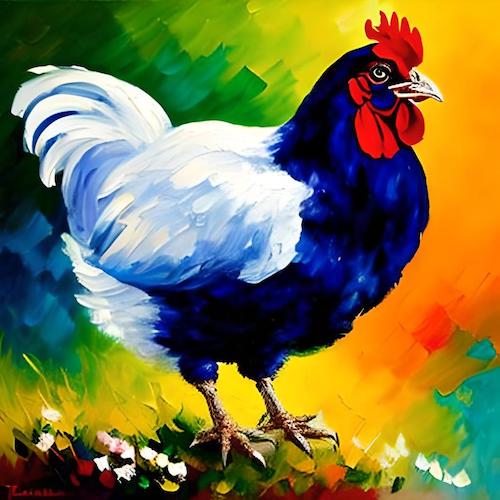In the United States, the incubation of birds such as chickens is regulated by several government agencies, including the United States Department of Agriculture (USDA) and the United States Environmental Protection Agency (EPA).

The USDA sets requirements for the incubation of poultry intended for meat or egg production. Regulations include standards for the construction and maintenance of incubators, hygiene and cleanliness requirements, and handling of eggs during the incubation process. The USDA also oversees the production of animal-derived foods, including poultry meat and eggs.
The EPA regulates the use of pesticides and other chemicals in poultry production, including those that may be used in incubators. The EPA establishes requirements for the safe application of these chemicals, as well as restrictions on their use and proper disposal of waste.
Additionally, some states and municipalities may have specific regulations for incubating birds on farms or in urban areas. For example, some cities have laws that limit the number of chickens that can be kept on a property and establish requirements for the construction and maintenance of chicken coops.
Overall, bird incubation in the United States is regulated by various government agencies with the goal of ensuring food safety and protecting public health and the environment. Bird owners must comply with these regulations to ensure that poultry production is conducted safely and responsibly.
Common types of farm birds in United States
There are several common types and breeds of farm birds in the United States. Here are a few examples:

- Chickens: Chickens are the most common type of bird raised on farms in the United States. Popular breeds include Rhode Island Reds, Leghorns, Plymouth Rocks, and Sussex.
- Turkeys: Turkeys are raised for their meat and are commonly found on farms in the United States. Popular breeds include Broad Breasted Whites and Bronze turkeys.
- Ducks: Ducks are raised for their meat and eggs. Common breeds include Pekin, Muscovy, and Rouen.
- Geese: Geese are also raised for their meat and are popular on farms in the United States. The most common breed is the White Embden goose.
- Quail: Quail are small game birds that are raised for their meat and eggs. Popular breeds include Bobwhite and Coturnix quail.
These are just a few examples of the types and breeds of farm birds commonly found in the United States. Each breed has its own unique characteristics and is suited for different purposes on the farm.
How to start
If you are interested in incubating birds in the United States, here are some recommendations to consider:
- Research the regulations: Before starting an incubation project, be sure to research the regulations and requirements for your state and local area. Regulations may vary depending on the type of bird and the size of your operation.
- Choose a suitable location: Make sure you have a suitable location for your incubator and any birds you plan to hatch. This should be a well-ventilated area that is easy to clean and maintain.
- Invest in quality equipment: Choose a high-quality incubator that is designed for the type of bird you plan to hatch. It’s also important to invest in quality supplies, such as bedding, feed, and waterers.
- Follow proper sanitation practices: Maintaining proper sanitation practices is crucial for the health of your birds and the success of your incubation project. Clean your incubator and any equipment regularly to prevent the spread of disease.
- Monitor temperature and humidity: Monitor the temperature and humidity levels in your incubator regularly to ensure optimal conditions for hatching.
- Seek advice from experts: If you are new to incubation, seek advice from experts in the field. There are many online resources and forums where you can connect with experienced bird breeders and incubation experts.
By following these recommendations, you can increase your chances of success when incubating birds in the United States.
